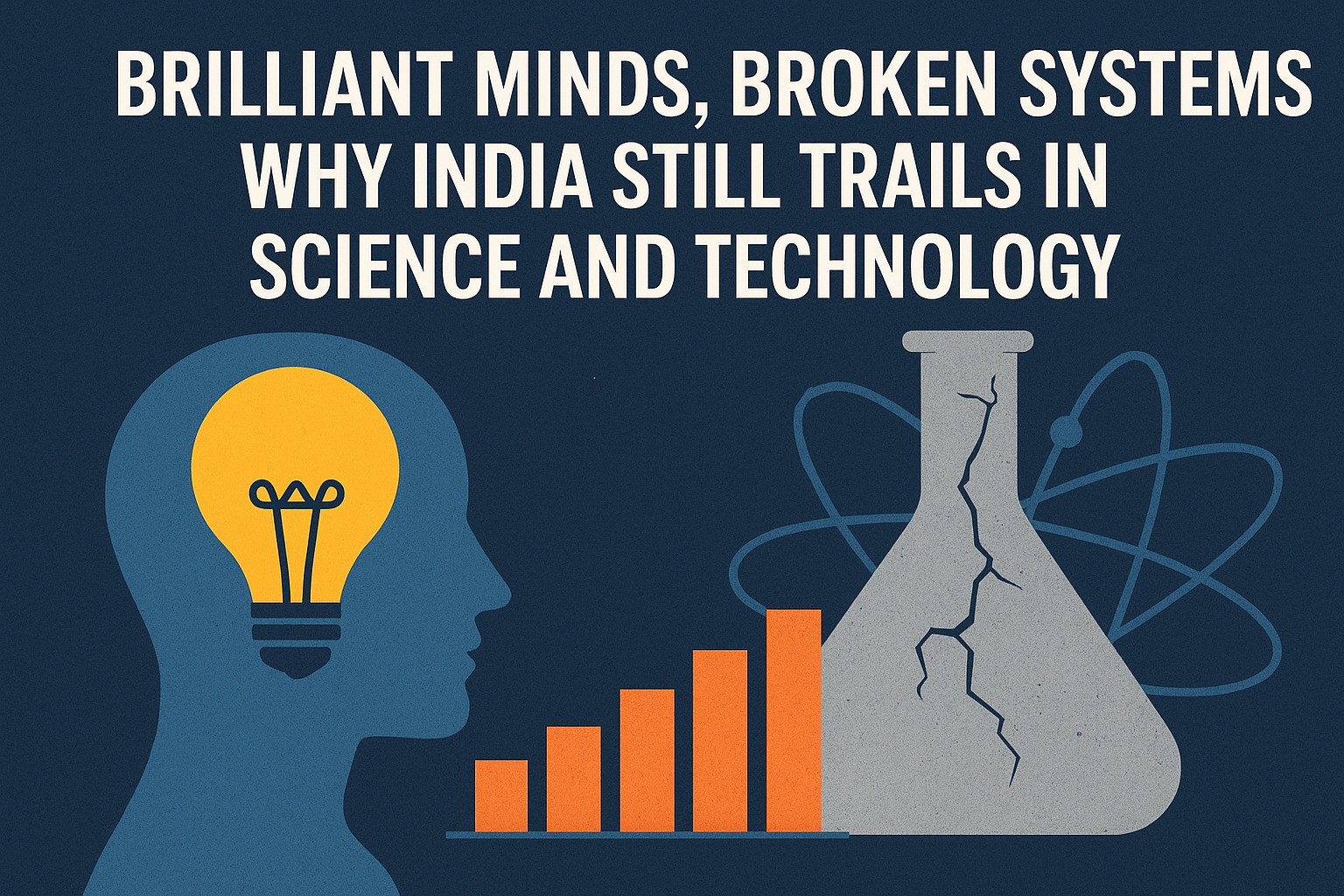
In a world where geopolitics increasingly dictates the flow of commerce, India has found itself at a digital crossroads. With the United States poised to impose new tariff barriers and global technology firms seeking safer havens, India’s recent policy shifts signal a strategic realignment—one that could redefine its relationship with Silicon Valley’s biggest players. The sudden warmth in India's stance toward Big Tech is not a coincidence but a calculated manoeuvre that reflects both economic pragmatism and regulatory reassessment.
From Caution to Collaboration
For years, India’s approach to technology giants like Google, Meta, and Amazon has been marked by a mix of regulatory scrutiny and economic necessity. Striking a balance between fostering a competitive domestic market and attracting foreign investment, Indian policymakers have often walked a tightrope, wary of ceding too much ground to international corporations. However, recent developments suggest a shift in that posture.
One of the most striking indicators of this change came in the form of a verdict issued by India’s companies law court, which significantly reduced a massive fine imposed on Google by the Competition Commission of India (CCI) for alleged anti-competitive practices. Initially set at a hefty ₹936.44 crore, the penalty was slashed by nearly three-fourths, signalling a more lenient stance towards global tech firms.
Policy Shifts: A Welcome Sign for Big Tech
In addition to this favourable ruling, India’s finance ministry recently proposed abolishing the long-standing 6% ‘equalization levy’ imposed on foreign digital advertisers without a local presence in the country. This tax had long been a point of contention, with US-based firms arguing that it disproportionately affected their operations in India. By removing this financial burden, India is sending a clear message: it seeks to become a more attractive destination for foreign technology investments.
Furthermore, progress on the much-anticipated Digital Competition Act, which sought to introduce strict regulations on large-scale technology corporations, appears to have stalled. Originally modelled on Europe’s stringent Digital Markets Act, this legislation was expected to address issues like monopolistic practices and algorithmic bias. However, recent signals from government officials suggest that the Act has been placed on the back burner, further reinforcing the perception that India is moving towards a more tech-friendly regulatory environment.
The Tariff Factor: Reading Between the Lines
While India’s policy recalibrations may seem internally driven, external pressures—particularly from the United States—cannot be ignored. With the Biden administration considering new tariff measures, particularly targeting Chinese exports, India finds itself in a position to capitalize on shifting supply chains and economic realignments. A more welcoming stance towards US-based technology firms could strengthen economic ties and pave the way for India to position itself as an alternative manufacturing and digital hub.
Balancing Growth and Regulation
Despite these pro-tech shifts, experts caution against interpreting these moves as an unqualified embrace of Silicon Valley’s dominance. Isha Suri, a research lead on competition law at the Centre for Internet and Society, notes that while the immediate environment may appear friendlier, India’s regulatory framework remains fluid.
“There is a consensus among ministries that it’s important to first assess existing legal frameworks before introducing sweeping reforms,” she observes.
In other words, India is not abandoning regulation but rather opting for a more measured approach, one that aligns with its long-term economic and technological aspirations.
The Bigger Picture: India’s Digital Strategy
India’s evolving stance toward Big Tech is not merely about avoiding trade conflicts or attracting foreign investment—it is also about shaping its own digital future. With initiatives like the Digital India program and the increasing adoption of AI and cloud computing, India is actively working towards becoming a global technology leader. By fostering a competitive yet accommodating environment for global firms, the country is ensuring that its digital ecosystem remains both robust and innovative.
What Lies Ahead?
The coming months will be crucial in determining how this shift plays out. While immediate benefits such as increased foreign investment and improved relations with US tech giants are expected, long-term concerns about market monopolization and data privacy remain relevant. Indian startups, many of which have thrived under policies that initially sought to curb Big Tech’s influence, may find themselves in a more challenging competitive landscape.
Nonetheless, the recent policy shifts indicate that India is betting on a digital future that balances regulation with openness. Whether this gamble pays off will depend on how effectively the country manages the complexities of the modern technology-driven economy. For now, at least, the doors to India’s digital marketplace appear wider than ever for global tech behemoths.




.jpeg)


.jpeg)




.jpeg)








